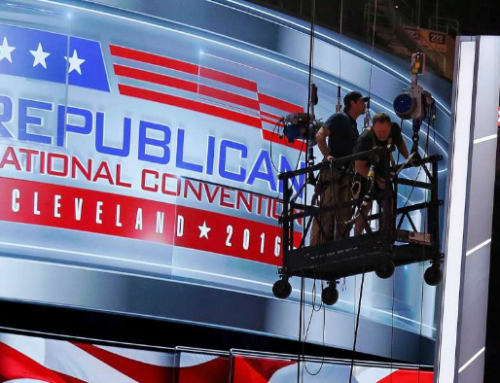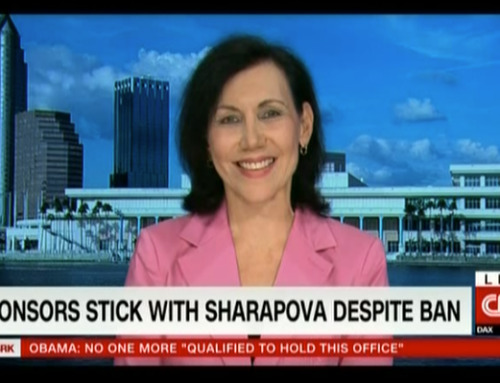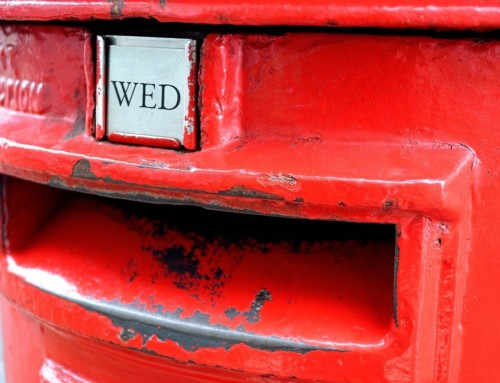Odd fish are memorable. Odd fish command a premium price. Odd fish exude added dimensions of value. Odd fish finish first.
In business, understanding this metaphor is the difference between drowning in a sea of sameness and being a great brand.
Jack Trout (speaking of smart fish) noted in his bestselling book Differentiate or Die that choosing among multiple options is always based on differences, implicit or explicit. Psychologists point out that vividly differentiated characteristics anchored to a product can enhance the public’s memory of it because they have added uniquely to the mind of the consumer, the product thus appreciating intellectually. In other words, if you are promoting a product or service, give the consumer a reason to choose it. This concept is so simple, yet many business leaders struggle with applying it to their brands.
The problem starts with defining what distinction truly is and is not. Distinction is not that you love or care for your customers more than your competition does. It’s not that you are a one-stop shop or even that your product or service is of the highest quality. Those are all vital attributes, but they are also likely touted by 90% of the competitive players in your category.
Distinction in branding is something that you do so well and often that it is truly different and that it becomes your property — so much so that your competition would be unlikely to try to mimic your actions. It’s something that your buyers identify as really unusual and, as a result, award your brand extra space in their info-aged over-crowded minds.
Developing a platform of distinction requires courage by leadership. Doing things differently can draw out herds of critics, from customers to employers and industry players. That is to be expected, because new or different requires the adoption of new thinking and it’s human nature to resist it for some time. Have faith and believe in your oddness, believe in your brand.
There is no magic rule on a whether a brand needs one primary point of difference or a symphony of many. Whatever you decide to do, just do it consistently and execute it well.
Take the test: How distinct is your brand? Are you an odd fish that stands out or a lost guppy?
- Visually, does your brand look different than your competitors?
- If you covered up the your logo on your brochures and Web site with only the content visible, would anyone know it’s your brand?
- Does everyone in your organization know how you’re different?
If you answered no to even one of these, you’ve got work to do. As you explore points of distinction for your brand, ask yourself about:
Your market: What’s relevant to the needs and desires of your target customers?
The competitive landscape: Are any of your competitors occupying this space (point of difference)?
Social and world conditions: Are there current events, attitudes or recent wounds from an issue that would prohibit open acceptance of your point of difference?
Copycat protection: Can someone easily copy or imitate your point of difference?
Longevity: Will this point of difference be sustainable for a substantial period, get better with age, or quickly become irrelevant and out of style?
Can the dog hunt? Does this point of difference have the legs to carry the brand? Can it be leveraged by many communication vehicles and tactics or is it a hard difference to explain and demonstrate?
Below are ten ways and examples to help discover points of difference for your brand.
1. Have a distinct name and graphic identity. If you’ve got a lot of equity built in your name, but you know it sucks, consider modifying the name and executing a distinct visual mark and color scheme.
Example: A Tampa-based pharmacy benefits management company was called Matrix Healthcare Systems. A minor name adjustment transformed the company to a more personalized solution now known as MyMatrixx.com. The corporate logo, blue like many others in the industry, was refreshed with an electric orange and slate color. The company also incorporated orange circles from its logo in all of its communications.
2. Take something ordinary and make it a unique product offering. “Nothing matches, but everything goes” sums up a company with solid distinction. Littlemissmatched.com sells socks. So do a lot of other companies, but Littlemissmatched.com built its brand on socks that don’t match! Its products are in more than 600 retail stores.
3. Pick a passion. Sharon Rowe, the founder and president of ecobags.com, is a baby boomer with a real desire to make a difference. ECOBags is distinct because it provides string market bags for consumers who prefer the convenience and eco-friendly alternative of “bring your own” to accepting plastic bags at the market. ECOBags has staked out the eco-friendly message and point of difference: “Live Lightly on the Earth.”
4. Go against the grain. Turn a tradition on its head and create a strong point of difference. Cordarounds.com makes horizontal corduroy pants. The San Francisco company has taken the classic vertical corduroy fabric and given it a 90 degree spin, thus creating a new fashion: cordarounds. They only sell online, but have created a nice, loyal customer base.
5. Connect to a psycho niche. There are many publishing companies. Mentalfloss.com makes you feel smart again. They are the ultimate quirky, intellectual company. They publish a magazine, produce game boards and write lots of very cool trivia-driven books. This brand connects with the curious psyche. It owns this space and everything the company does leverages its point of difference.
6. Make small things important. In 1994, Robert Stephens started Geeksquad.com with $200, a bicycle, and a big idea. Today the 24 hours a day, seven days a week, 525,600 minutes a year computer-support firm has a national presence and a new owner, BestBuy. The brand took off by leveraging small points of distinction early on. The orange color, odd for a technology company, highly trained employees called “agents” in their VW Geekmobiles, and totally dorked out uniforms with badges all added to the brand’s uniqueness.
7. Leverage something from your history. In 1969 Plantronics headsets carried the first words from the moon. Today Plantronics offers sound equipment for everybody. Its historic “One small step for man” transmission sets them apart from any competitor. No one else can make that claim. The company includes this story in its marketing and creates promotions that leverage this very cool event.
8. Combine things are not usually combined. Brokenbeauties.com takes the “ugly” out of orthopedics. They combine fashion with function in a healthcare industry that traditionally has been very boring and sterile. It all started when the founder’s sister suffered a broken ankle. Beyond the pain of the injury and stress of medical bills, her mood was pure gloom. And adding to the despair, her crutches were so “ugly.” Her sister came to the rescue, and today Broken Beauties has a full line of très fashionable injury-related products.
9. Make ingredients important. Ducttapecreations.com uses duct tape to create fashions and accessories. Why duct tape? It’s not made from animals and it’s strong as steel, so – why not? Everyone from master builder Bob Vila to former Homeland Security Director Tom Ridge has extolled the virtues of duct tape in one way or another.
10. Tap a new sense. Martin Lindstrom, international branding expert, has studied sense enhancement and brands for years. He claims tapping into all of the senses can create stronger emotional responses, which are vital in connecting brands to buyers. Consider what one bowling ball company did to differentiate their products. They added fragrance to the balls. Don’t laugh! Stormbowling.com, the Brigham City, Utah company that markets fragranced balls, says that 15 top pro bowlers use its high-priced scented balls. The privately held company doesn’t release sales figures. However, it claims about 28% of the mid- to high-priced ball market – and fragrances have played a part in that.
Consumers are practically smothered with over 5,000 brand messages everyday. The environment in most categories is cluttered, with many good options offered. If you want to make the buyer’s choice easy and finish first, you’ve got to be truly distinct and communicate those attributes on all touch points every day.





